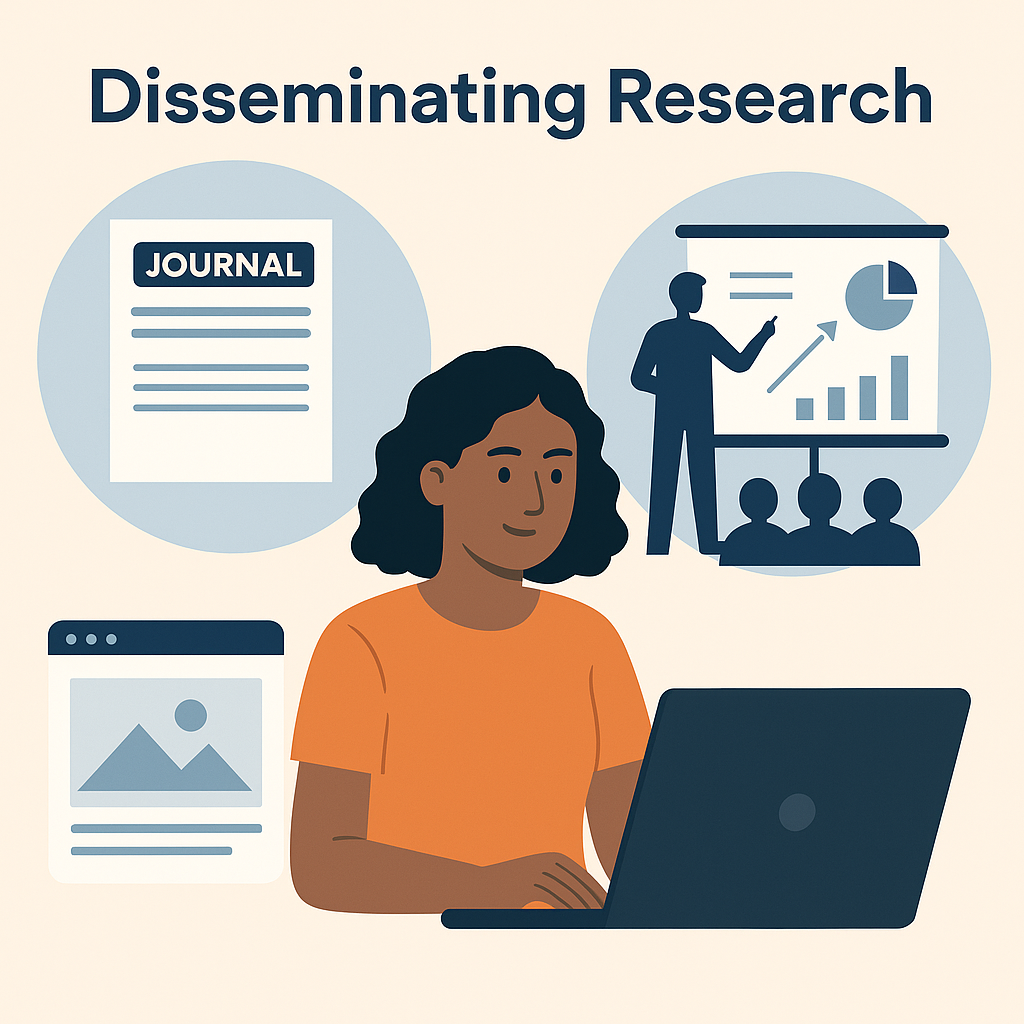
When I moved to Edmonton about three years ago, I found myself drawn to local Nigerian and African communities. Through various community events and gatherings, I noticed something that deeply resonated with me as an educator and language instructor: many adults struggled to speak their local languages fluently, and parents often expressed a desire for their teenage children to learn languages like Yoruba, Hausa, and Igbo. These interactions made me reflect on the cultural and linguistic gaps that emerge in diaspora contexts and how technology might offer a bridge.
My background as an ESL instructor and counselor, combined with over a decade of experience in education, has given me insight into how adults approach learning, particularly language learning. During this MSc program, there was a time I explored the concept of gamification, I became fascinated with how it could transform adult learning experiences. That curiosity has evolved into my current research focus: developing AI-powered gamified platforms that enhance conversational fluency for adult learners. I believe that by integrating artificial intelligence with game-based design, we can make learning not only more effective but also more engaging and culturally relevant.
Thinking about how to disseminate my research, I have developed a threefold approach, each addressing a different dimension of impact; academic, professional, and commercial.
1. Academic Dissemination:
I plan to publish my research findings in academic journals focused on educational technology, applied linguistics, and adult learning. Journals such as Computers & Education or Language Learning & Technology would be ideal platforms to share the theoretical and empirical aspects of my work. Publishing academically is important to me because it allows my findings to contribute to the broader scholarly conversation on how AI and gamification intersect with adult education. It will also provide a space for peer review, ensuring the research holds academic rigor and relevance.
2. Professional Dissemination:
Beyond academics, I aim to engage with the professional teaching community through conference presentations, workshops, and teacher training sessions. As a language instructor and founder of a teaching firm, I understand the importance of connecting theory to classroom practice. Through professional development workshops, I can share practical strategies for integrating gamified tools into language instruction, especially for educators working with adult or multilingual learners. This form of dissemination would also open opportunities for collaboration with other teachers, educational technologists, and institutions seeking to implement innovative teaching methods.
3. Commercial and Community-Based Dissemination:
I intend to create a minimum viable product (MVP), a prototype of the gamified language learning platform. This web or mobile application would serve as a tangible demonstration of my research outcomes. The platform would initially target adult learners within Nigerian and African diaspora communities, providing an engaging space for learning indigenous languages such as Yoruba, Hausa, and Igbo. However, the long-term goal is to extend its scope to other languages and learning contexts. By integrating AI, the tool could personalize feedback and adapt learning pathways based on user performance, while gamification elements like challenges, levels, and rewards would sustain motivation.
While platforms like Duolingo and similar products already exist, my intention is to create a solution that strikes a balance between educational value and cultural preservation, rather than leaning fully into entertainment. I envision this prototype as both a community resource and a proof of concept that could attract partnerships or further development opportunities. Disseminating through a working product not only allows the research to have practical impact but also helps validate its real-world applicability.
I feel that using my threefold approach will be an extension of my commitment to education and innovation. Sharing this work across academic, professional, and community channels ensures that it reaches diverse audiences; researchers, educators, and learners alike.
Leave a Comment
